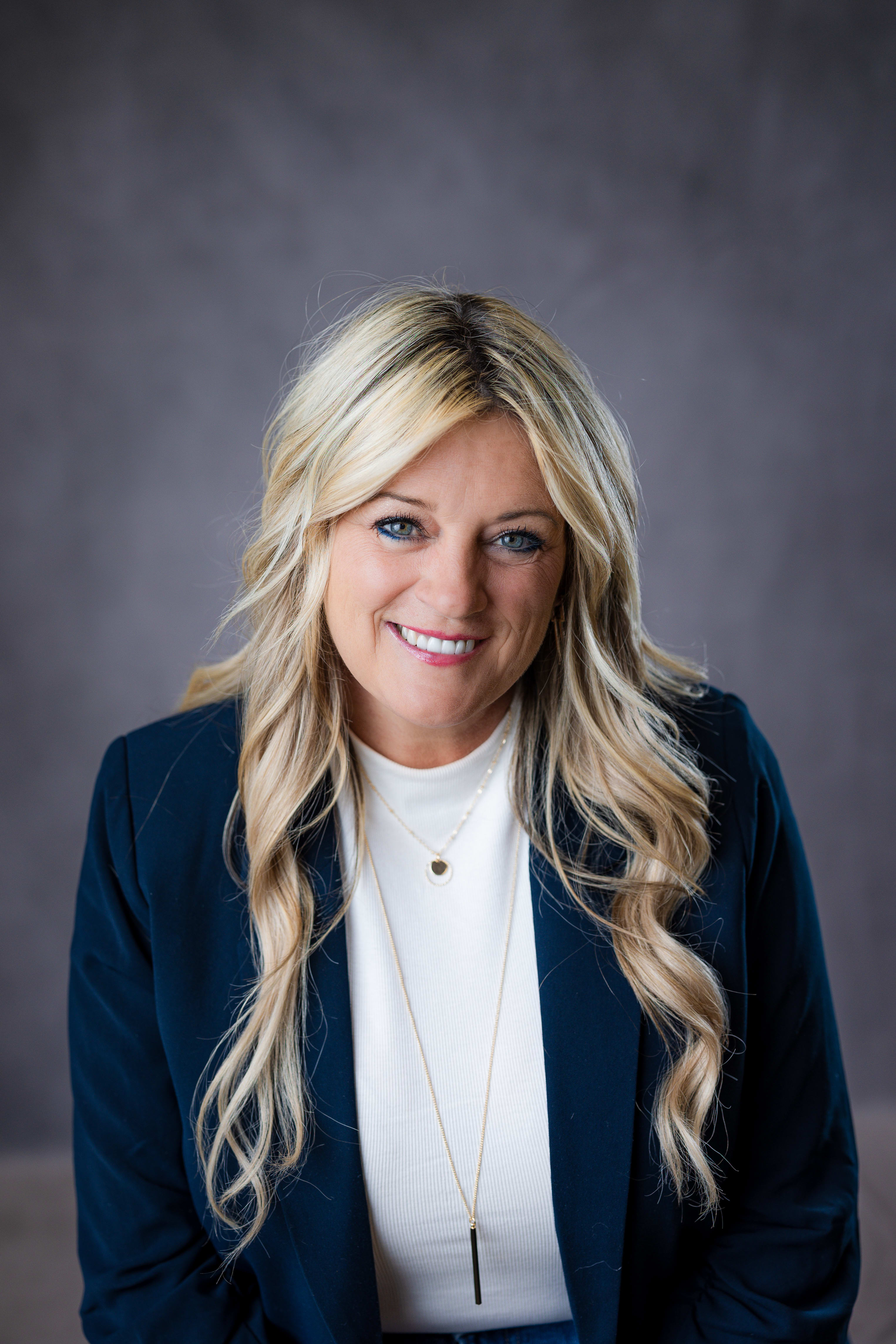The American Dental Hygienists’ Association (ADHA) has transitioned from its traditional House of Delegates structure to a new governance model aimed at increasing member engagement and expediting policy decisions. The organization held its 102nd and final House of Delegates June 27 to 28, 2025.
According to the association, the updated model features a streamlined Board of Directors composed of nine directors-at-large chosen for their expertise and competencies. All ADHA members will now be able to submit policy proposals year-round for review by the Board and will also vote for members of the new Governance Committee.
“We’ve restructured our governance to make it more responsive and inclusive,” said ADHA President Lancette VanGuilder, BS, RDH. “Every ADHA member can directly submit policy ideas and bylaw suggestions to our Board of Directors. Your ideas go straight to decision-makers and get reviewed throughout the year for faster action.”
The association stated that the modernization is designed to address today’s rapidly evolving healthcare environment, where more agile and inclusive governance structures are becoming the standard among professional organizations.
“Today’s dental hygienists want meaningful ways to participate, drive change and advance our path toward professional autonomy — and that’s exactly what we’re delivering,” VanGuilder said in a letter to members.
Under the new structure, the vice president will now automatically advance to the role of president-elect, creating a more consistent leadership pipeline. The newly created Governance Committee will be responsible for slating board candidates, with two of its members elected by ADHA’s voting membership.
The association noted that this change is intended to strengthen its ability to advocate for the dental hygiene profession and to respond more quickly to developments affecting both dental hygienists and the patients they serve.
“ADHA remains your largest membership organization dedicated to advancing dental hygiene, supporting your career and protecting oral health for everyone,” VanGuilder said. “What’s different is how we’re working together to make it happen — faster, more inclusively and with your direct input driving decisions.”
Implementation of the new ADHA structure is already underway. Members can submit policy suggestions at adha.org/about-adha/policies-bylaws or contact leadership directly at leadership@adha.net.
ADHA represents more than 220,000 dental hygienists across the United States. The association continues to advocate for scope of practice expansion, improved working conditions, and recognition of dental hygienists’ essential role in healthcare delivery.

